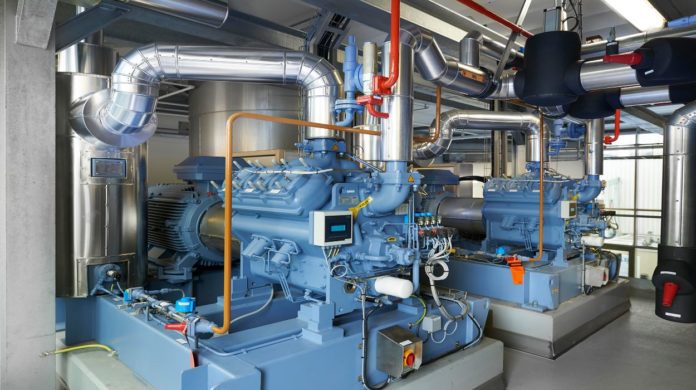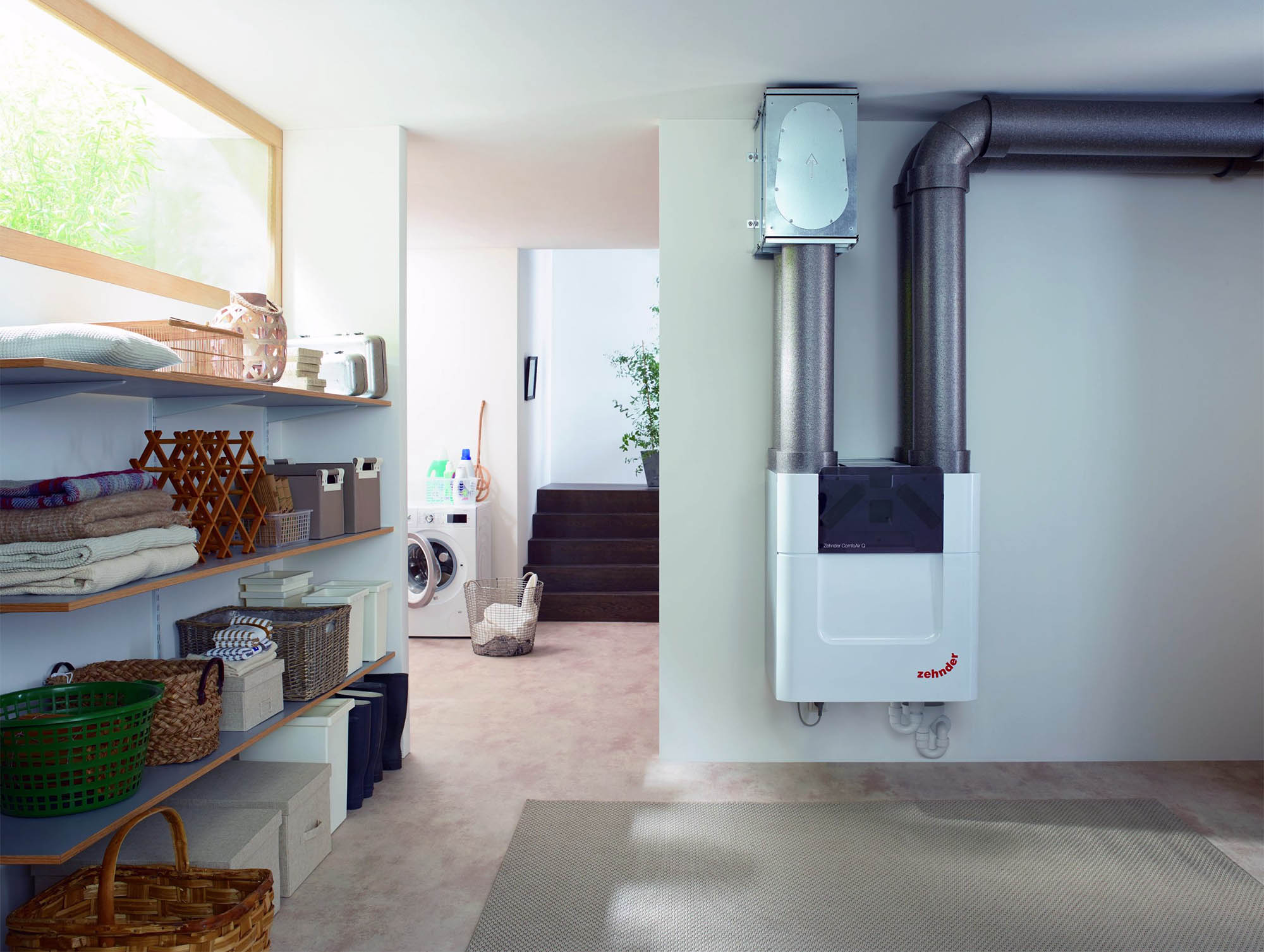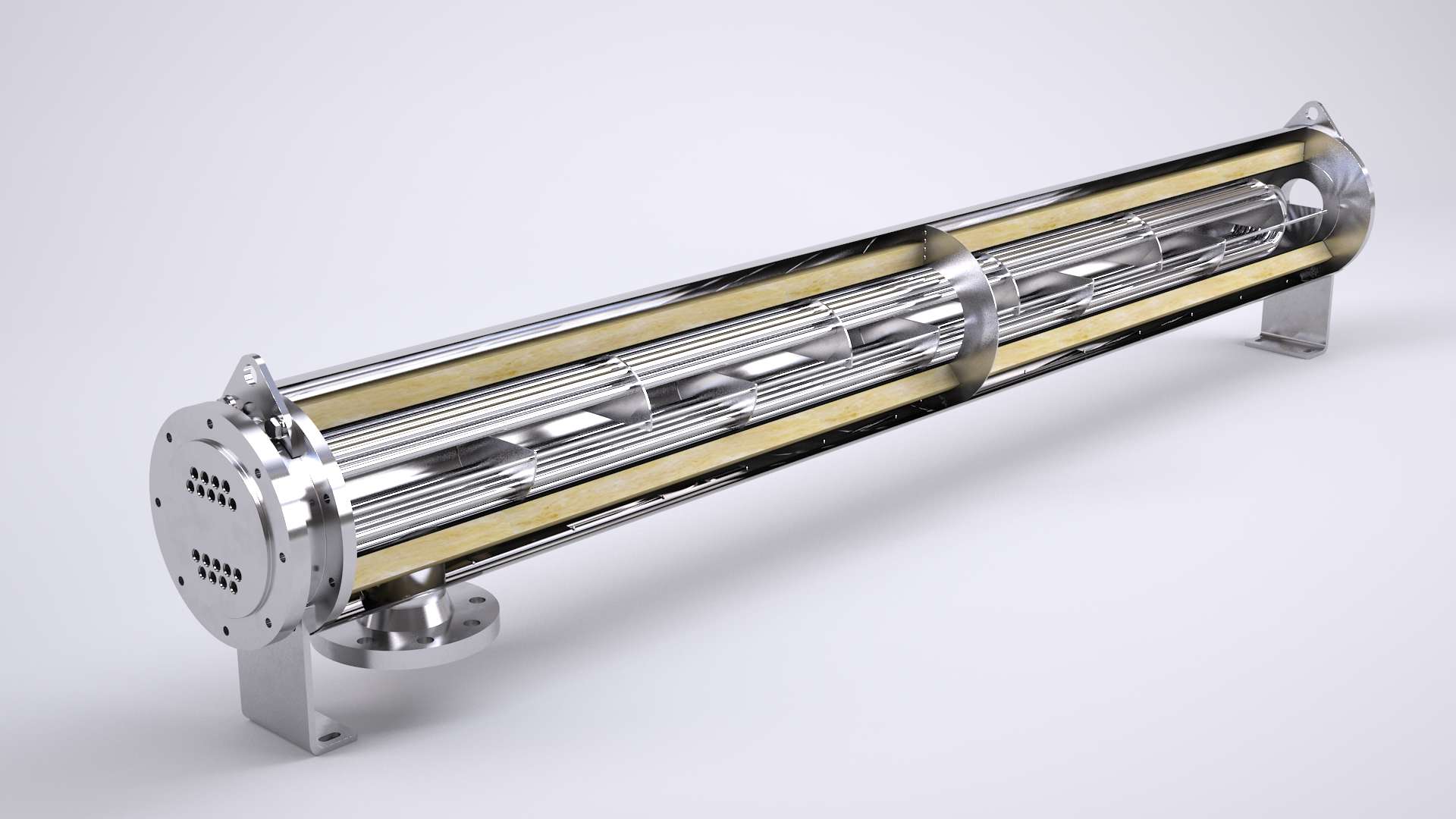
Creating ultra-efficient renewable and new energy technologies is not just about harnessing the power of wind or the sun and feeding into our office buildings and homes. Making the most of what is already available will help reduce our impact on the environment, and that also includes the amount of heat we lose to the environment every day.
Heat recovery systems work by reusing the excess valuable warm water or air that we let out on a daily basis. The air that circulates around a house or office, becomes stale after some time and is replaced by colder air from the outside that is warmed up by the ventilation systems. What happens to that warm and stale air? It simply gets released back outside. While heat recovery systems do not replace the need for a boiler or other heating technology, but it does help them work more efficiently by reusing all that warm air or water.
For domestic use, a recovery system could help you save up on energy bills and keep the house warmer during the cold winter months. It is easy to lose all that valuable warm air by simply opening a window. However, by using a ventilation system and a heat recovery system together, you will have warm and fresh air constantly circulating through your home.

If you are interested in installing a heat recovery system inside of your home or in your office building, you can read more here.
How does it work?
A heat recovery system can work via a ventilation system that is usually placed on the top of the building. While the vent system draws out the stale air of the house and replaces it with new and fresh it, it also draws all the heat from the stale air and passes it to the one that is being released inside the house.
Heat recovery systems work completely independent from the normal heating systems. In each room, there are air ducts that feed in the air in or out, which all lead back to the heat exchanger that is located on the top of the building.

This heat exchanger is the brain of the whole heat recovery system, moving the warm air through hundreds of small pipes while drawing in fresh and cold air from outside in different pipes. These pipes of air are placed next to each other to transfer heat without ever touching. The heat from the stale air is transferred to the new and cold air which is then released back into the house while the rest is released outside.
The technology of heat recovery systems has improved drastically over the years as there are now systems that can extract up to 80% of the heat from stale air and return it to the cold, fresh air that is circulating through the system.
Heat recovery systems can also be very efficient on an industrial scale by collecting the escaping heat from large boilers where the heat is released through a flue. Most newer condensing boilers have this technology pre-installed but older boilers will certainly benefit from it.





